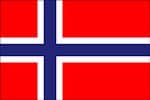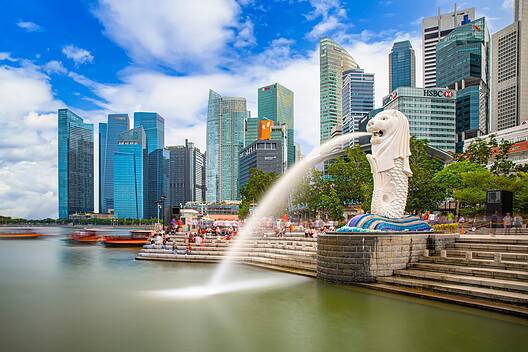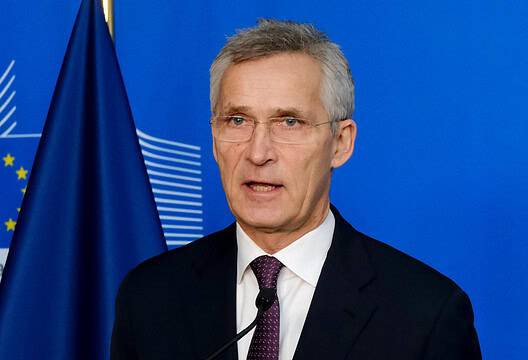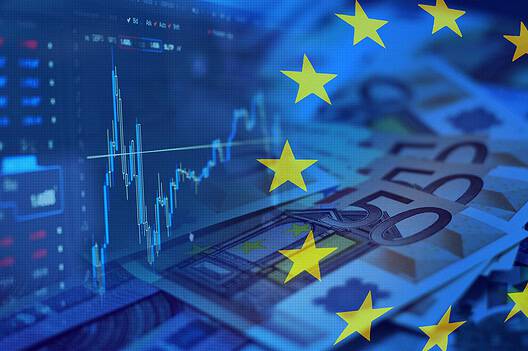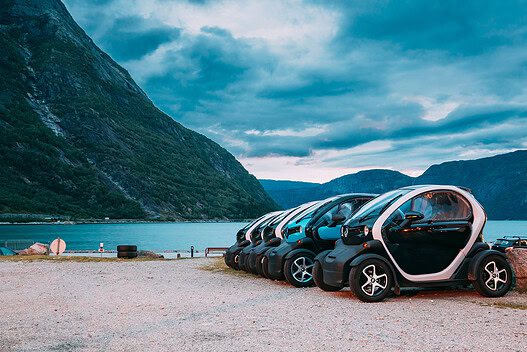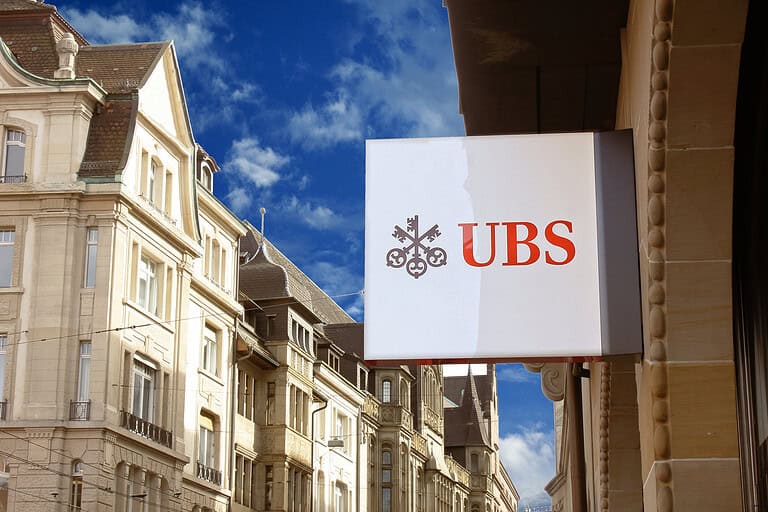Includes historical data for Norway’s Gross Domestic Product growth, debt-to-GDP ratio and more, as well as information on trade, banking and financial sector leadership.
Economic Strength Based On Oil And Diverse Industries
A modern and highly developed country, Norway boasts a thriving private sector, a sizable state presence in the economy and an extensive social safety net. As a result of the discovery of offshore oil and gas in the 1960s, this country of less than 6 million people ranks among the richest in the world by GDP per capita. Today, Norway’s economy is highly diversified, spanning a variety of industries ranging from seafood, forestry and minerals, to a sophisticated services sector that includes finance and fintech, information technology, medtech and biotechnology, and renewable energy. Such economic dynamism is further sustained Norway’s sovereign wealth fund, the largest in the world, as well as an efficient legal framework, openness to global commerce, and preferential access to the EU market.
Despite these strengths, weaknesses persist, including high levels of private household debt, and a shortage of skilled workers compounded by significant labor costs. Exposure to climate-related risks and comparatively high-income taxation rates pose additional challenges
Macroeconomy & Sovereign Data
| Type of Government | Parliamentary constitutional monarchy |
|---|---|
| Capital | Oslo |
| Sovereign Ratings |
S&P: AAA Moody’s: Aaa Fitch: AAA |
| Total Population | 5.6 million |
| Median Age | 40.0 |
| Adult Per Capita Income (PPP) | 99,923.05 |
| Total GDP (2023) | 527.0 billion |
Norway GDP & Economic Overview
Most Recent Content
Norway
Banking & Finance
Trade & Investment
| Total Exports | USD 93.9 billion (2023) |
|---|---|
| Leading Exports |
Natural Gas Crude Petroleum Salmon Refined Petroleum Aluminum |
| Total Imports | USD 259.0 billion (2022) |
| Leading Imports |
Cars Refined Petroleum Broadcasting Equipment Computers Ships Nickel |
| Source: | World Integrated Trade Solution |
Norway Leading Companies
| DNB | Financials |
|---|---|
| Sparebanken | Insurance |
| Equinor | Integrated Oil & Gas |
| Gjensidige Forsikring | Insurance |
| Norsk Hydro | Metals & Mining |
| Yara International | Fertilizers & Agricultural Chemicals |
| Telenor | Telecommunication Services |
Major Trade Partners — Import
| China | 13% |
|---|---|
| Sweden | 11% |
| Germany | 11% |
| United States | 6% |
| United Kingdom | 5% |
Source: World Integrated Trade Solution
Major Trade Partners — Export
| United Kingdom | 22% |
|---|---|
| Germany | 20% |
| France | 8% |
| Netherlands | 7% |
| Sweden | 7% |
Source: World Integrated Trade Solution
Global Finance Rankings & Awards
Data Sources:
UN World Population Prospects
World Inequality Report
S&P Global Ratings
Moody’s
Fitch Ratings
IMF Direction of Trade Statistics (DOTS)
UN Conference on Trade and Development (UNCTAD)
CIA The World Factbook
World Bank’s World Integrated Trade Solution
Forbes Global 2000
